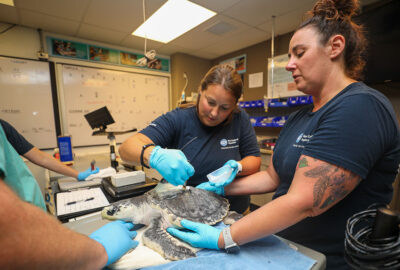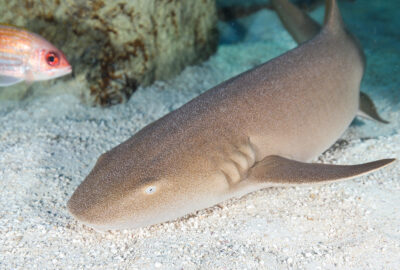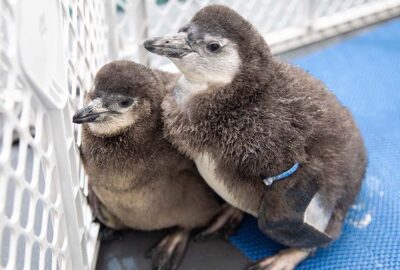Tropical Fish in New England? How We Collect and Study Gulf Stream Orphans
By New England Aquarium on Friday, October 13, 2023

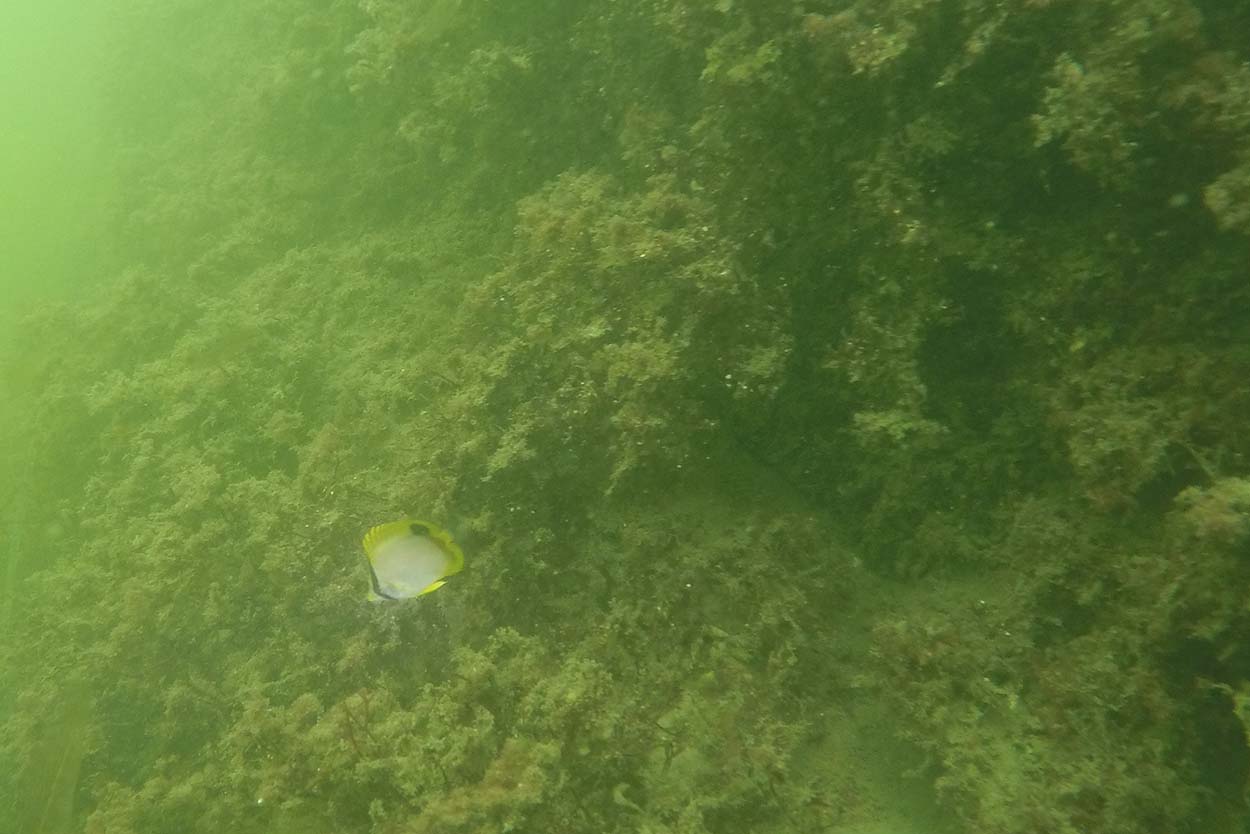
The Gulf Stream is a strong Atlantic Ocean current that carries warm water from the Gulf of Mexico all the way up the East Coast of the US and Canada. This current influences the climate of eastern coastal regions of North America, and because the current reaches across the Atlantic, it even affects the climate in Europe.
The warm, tropical waters of the Gulf Stream also carry planktonic life, including juvenile fish—and occasionally, those young fish ride the current all the way here to New England. While juveniles can thrive here during the summer, cooler months present a significant challenge for these little fish that are a long way from home. Together with other institutions and with help from public sightings, the Aquarium is working to study these “Gulf Stream orphans” to understand better what fish are ending up here and what those fish can tell us about changing ocean temperatures in the Gulf Stream and around New England.
“This isn’t a new phenomenon,” said Giant Ocean Tank Manager Mike O’Neill, who is one of the aquarists leading the Gulf Stream orphan (GSO) Project. He’s been working to collect and catalog Gulf Stream Orphans since 2016. “It’s probably been happening for as long as the Gulf Stream has existed—something like 20,000 years.” One of his favorite historical examples of the phenomenon is a paper from 1898 entitled “Fishes Found in the Vicinity of Woods Hole,” which recorded sightings of tropical fish around Cape Cod.
Gulf Stream orphan season peaks in late summer and early fall. For decades, many aquariums, including the New England Aquarium, have taken advantage of this phenomenon as an opportunity to collect tropical fish for display. But, Mike says, the community is also interested in learning which fish are arriving in New England and what that might mean for the region’s ecology.
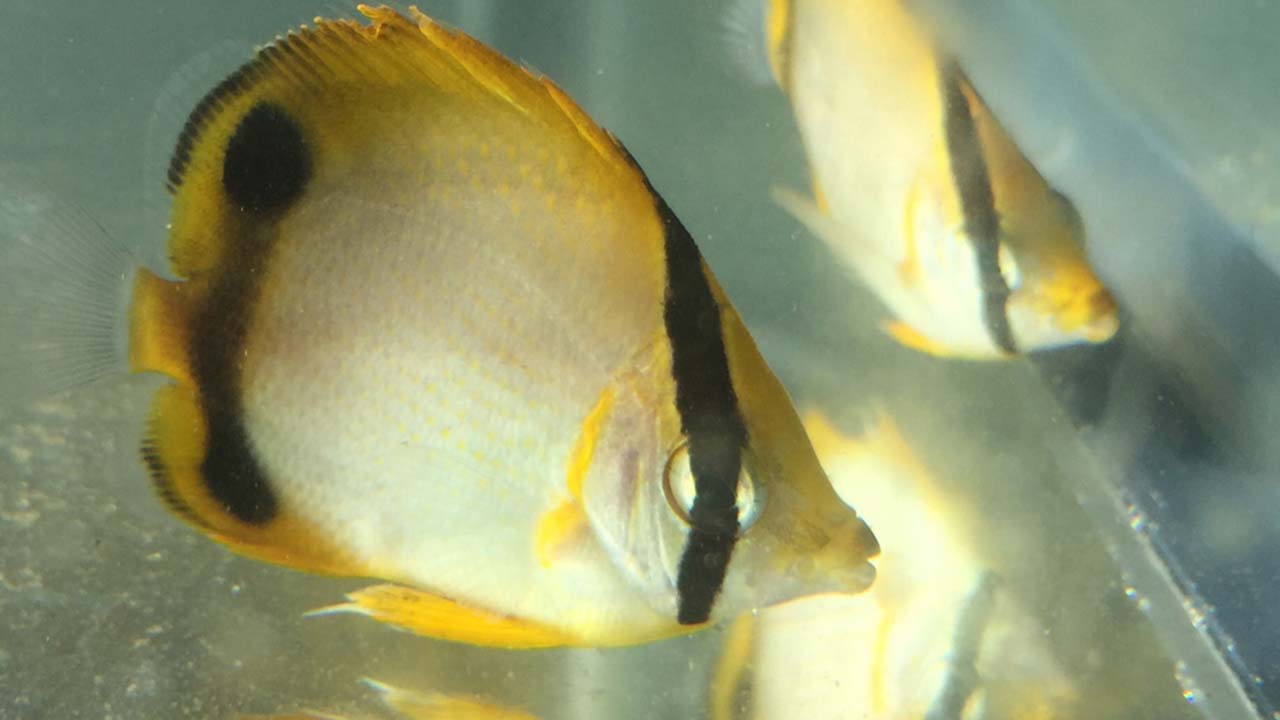
Community science for Gulf Stream orphans
Part of that data is being collected through “community science,” relying on the public to report sightings of uncommon fishes in New England waters. Mike started a website for the GSO Project to publicize the effort, and he and the GSO team collect sighting reports through iNaturalist. There, anyone who spots an unusual fish can make a report, which is then verified by the community. This year, the data set passed 1,000 “research-grade” sightings, a milestone that will hopefully continue to grow and lead to future research efforts on GSOs along the eastern seaboard, from Virginia all the way up to Nova Scotia.
“One of the most robust citizen science groups are the birders,” Mike says, as they often have high-quality cameras and can capture images of fish that predatory birds have caught or foraged upon. People who are out and active on the water, such as fishers and divers, also contribute a lot of sightings. “One interesting sort of blip was that in 2020, the number of beach walking sightings really exploded,” Mike said. “That made us think that this was probably a result of Covid, where we had way more people without much to do and decided to walk the beach. So that was interesting.”
In the data, there are commonly found species—such as the spotfin butterflyfish, which Mike calls the “mascot” of GSOs—as well as filefish, groupers, trunkfish, and more. How a fish ends up a Gulf Stream orphan likely depends a lot on its behavior and biology, Mike said. What they eat, where they live, how they spawn, and how quickly they mature can all affect the likelihood of a fish arriving in New England and its ability to thrive here.

Conducting fieldwork and the future for GSO research
In addition to the data from the GSO Project, Mike and the team also head for local collecting trips and field surveys in September, when the water in New England is warmest. These trips happen in Massachusetts and Rhode Island, with the goal of gathering data on the environmental conditions and cataloging the native species as well as any tropical species they see. To conduct a survey, the team uses a seine net close to shore or dives further out in the water. In addition to documenting the species they observe, if they see a fish that is on the “wish list” for the Aquarium, they may collect that fish and bring it back to our Quincy Animal Care Center, where it will undergo quarantine before being introduced to an exhibit.
The hope is that by gathering this data, they can report on the species incidence of fishes they detect, getting a bigger picture view of Gulf Stream orphans in New England. “We’re interested in looking at the same sites as the years go on, as well as comparing different sites from different years,” Mike said.
This year, the team collected several Gulf Stream orphans, including a scrawled filefish—a “really interesting” find from shallow waters off the coast of Rhode Island, Mike said. Transporting any collected fish back to the Aquarium involves making sure the water chemistry, temperature, and oxygen levels are appropriate so they’re safe and comfortable. Eventually, Aquarium visitors will be able to see this year’s Gulf Stream orphans in one of our exhibits. “You can find them in a few different places,” said Mike. “Including the Blue Hole exhibit, the Yawkey Coral Reef Center, and the Giant Ocean Tank.”
“As for the future, we’re always going to be collecting data,” Mike said. “People are getting better and better at treating citizen science data and using it for statistically significant analyses.” Moving forward, Mike added, this work can help start to understand how Gulf Stream orphans impact native species and ecosystems in New England and how climate change may affect the ranges of warmer water fish.
“Hopefully, we’ll be able to see and learn more as we go,” Mike said.

